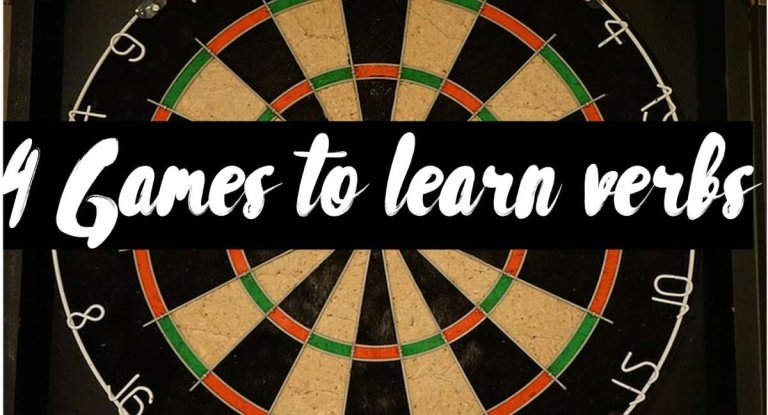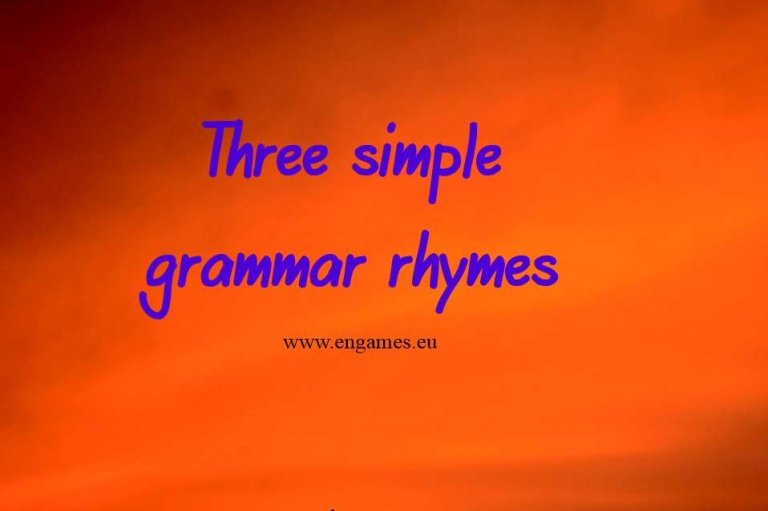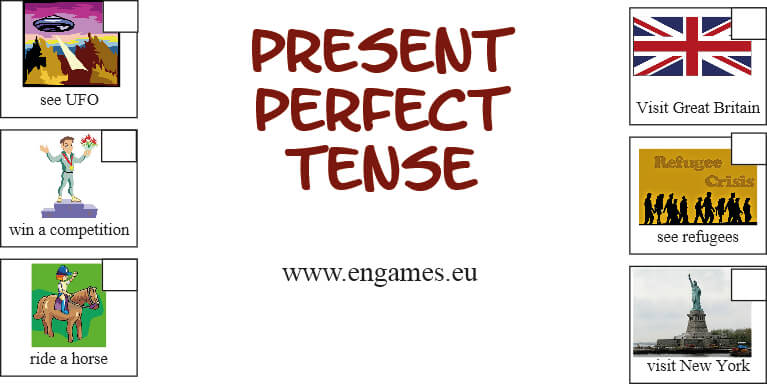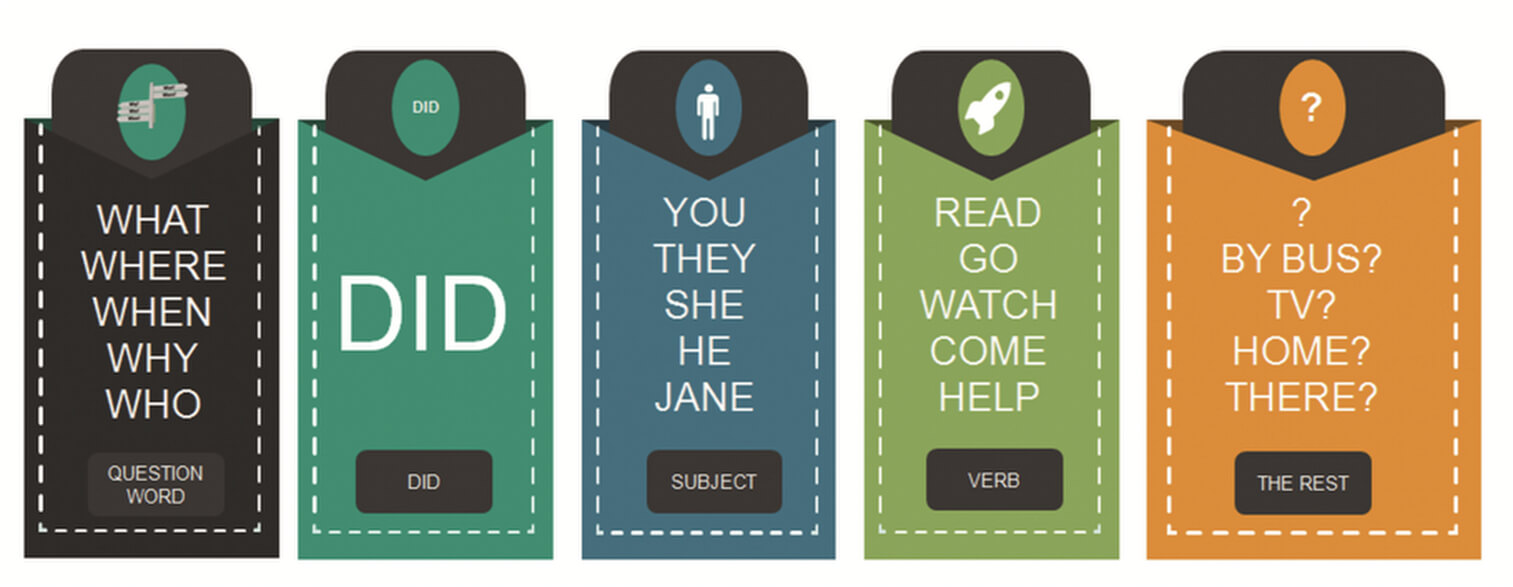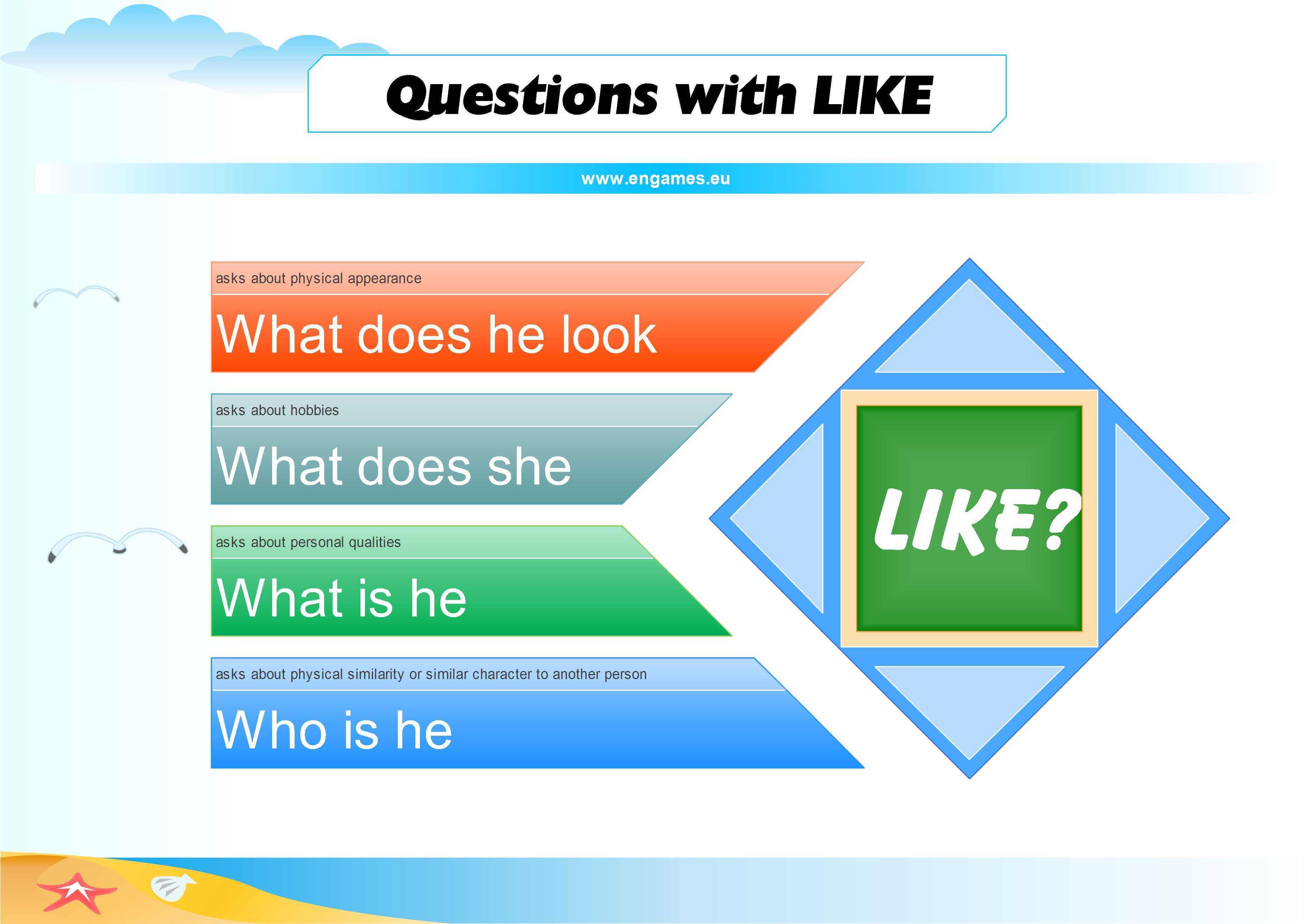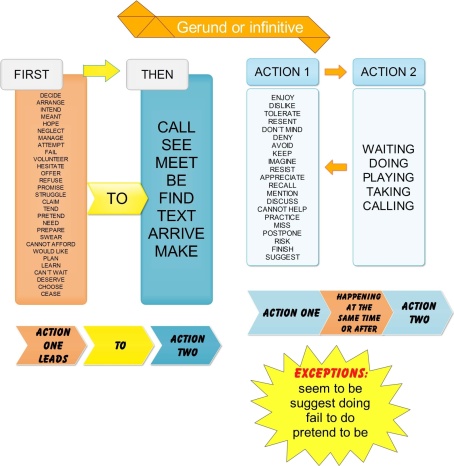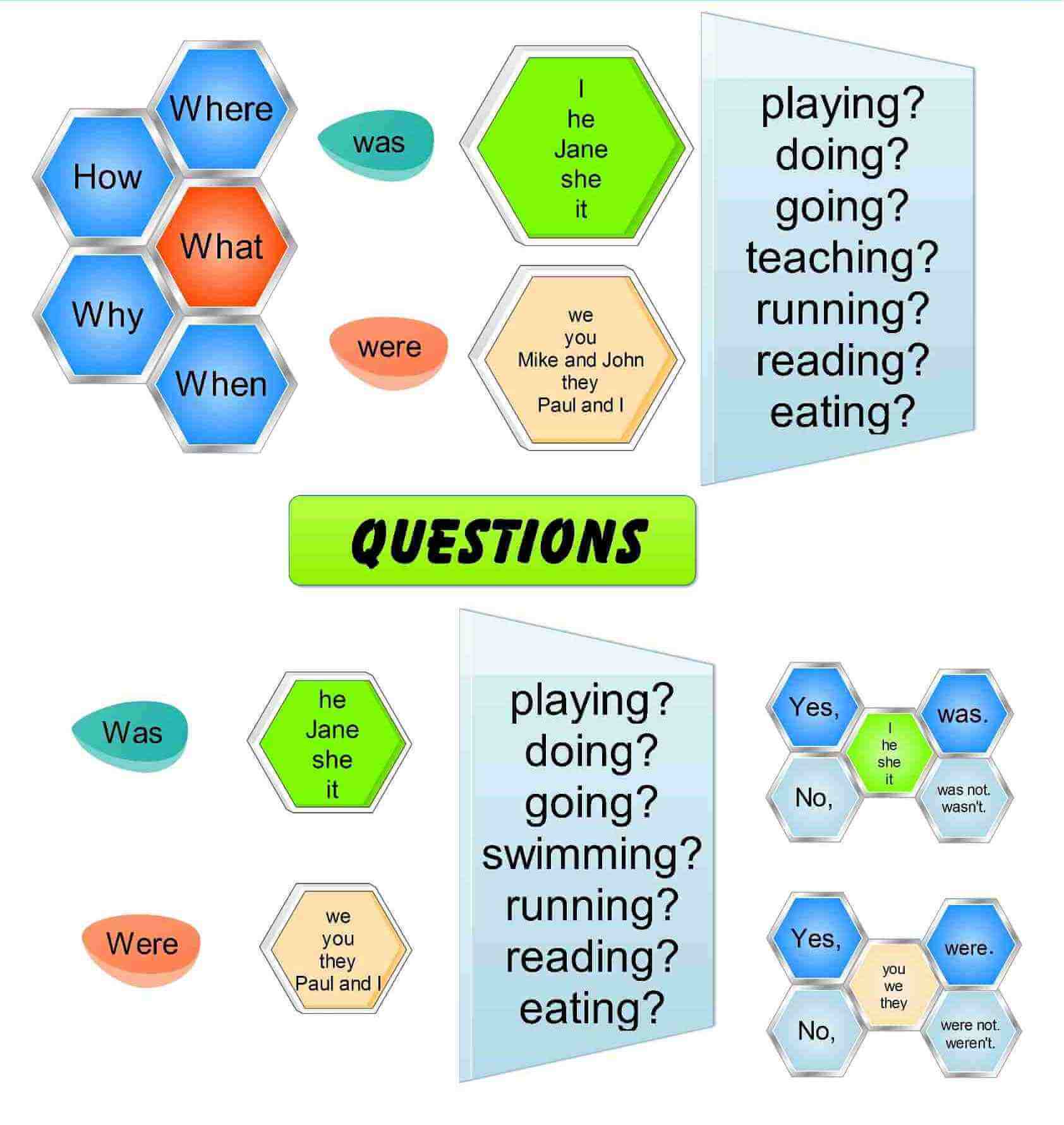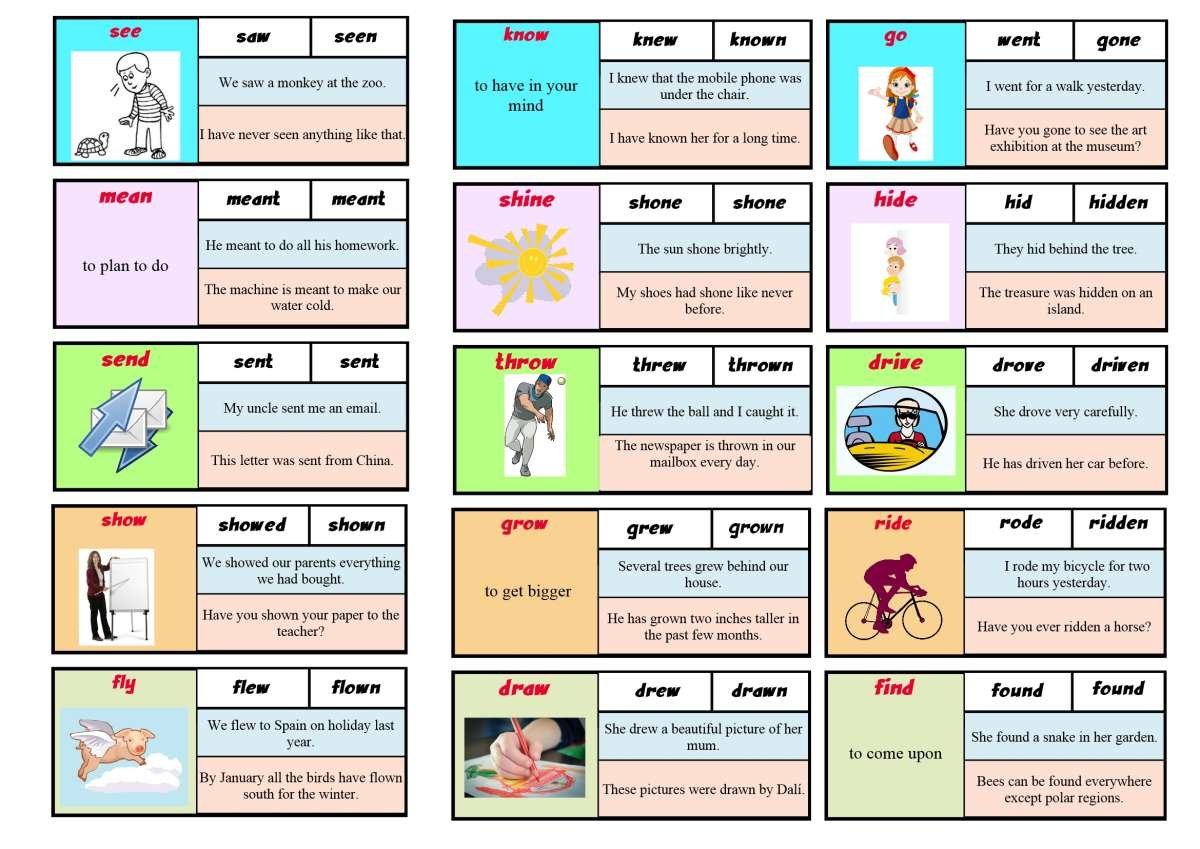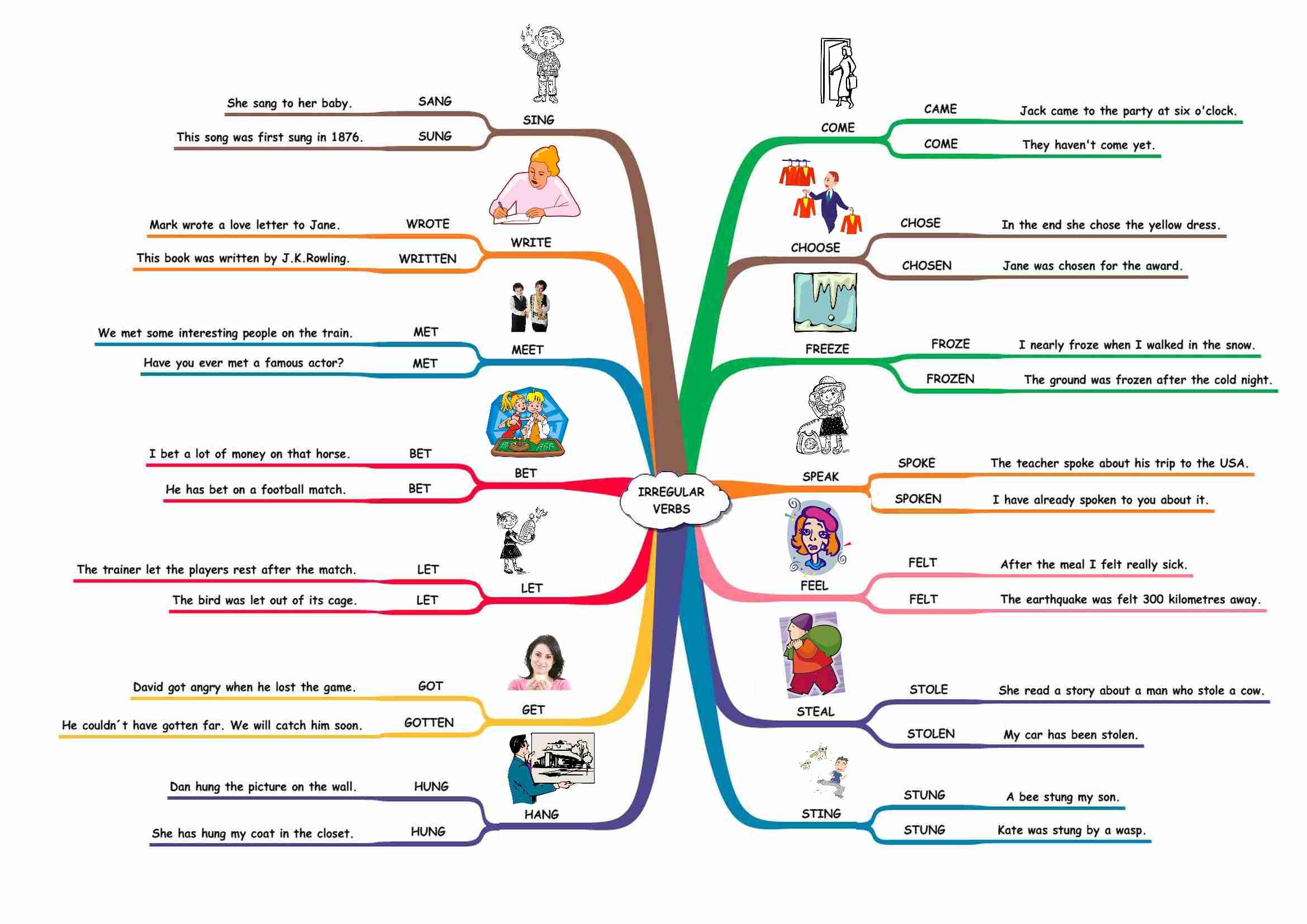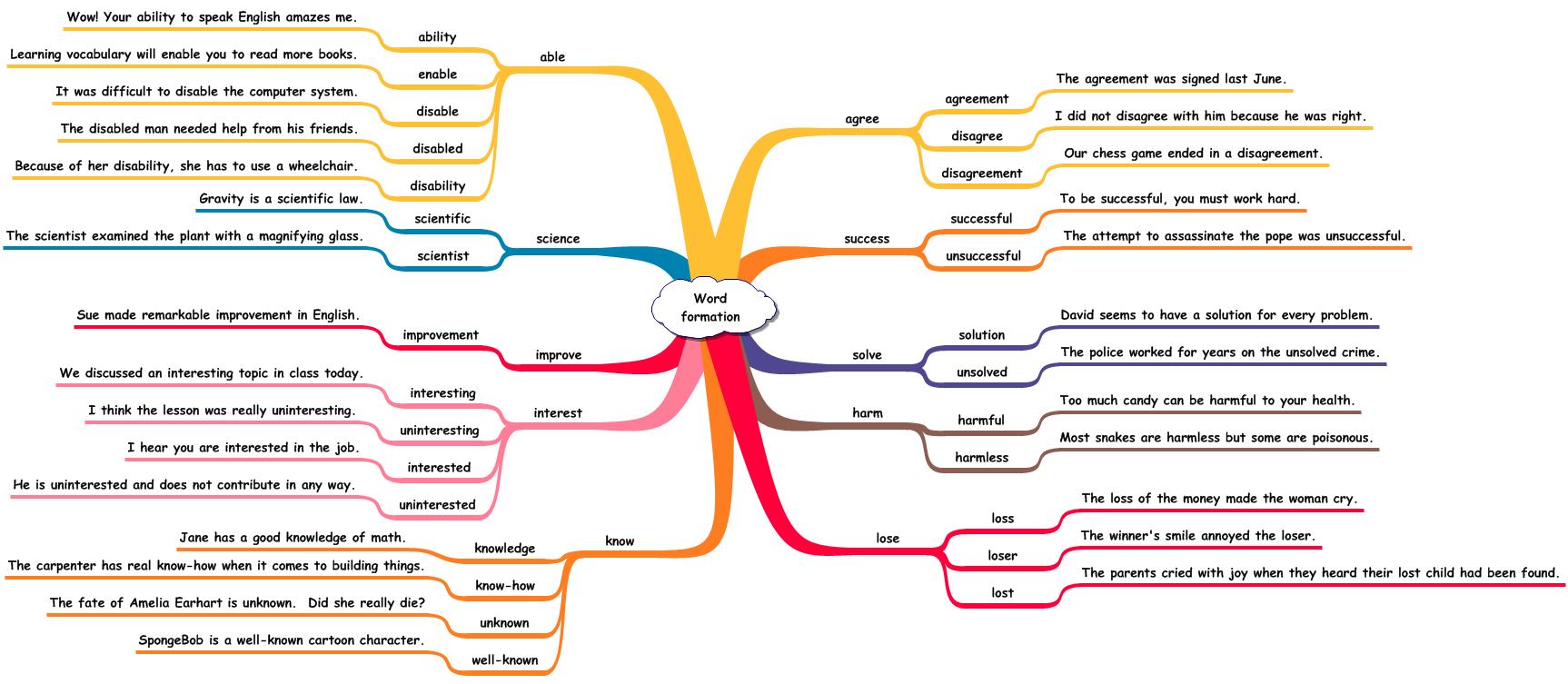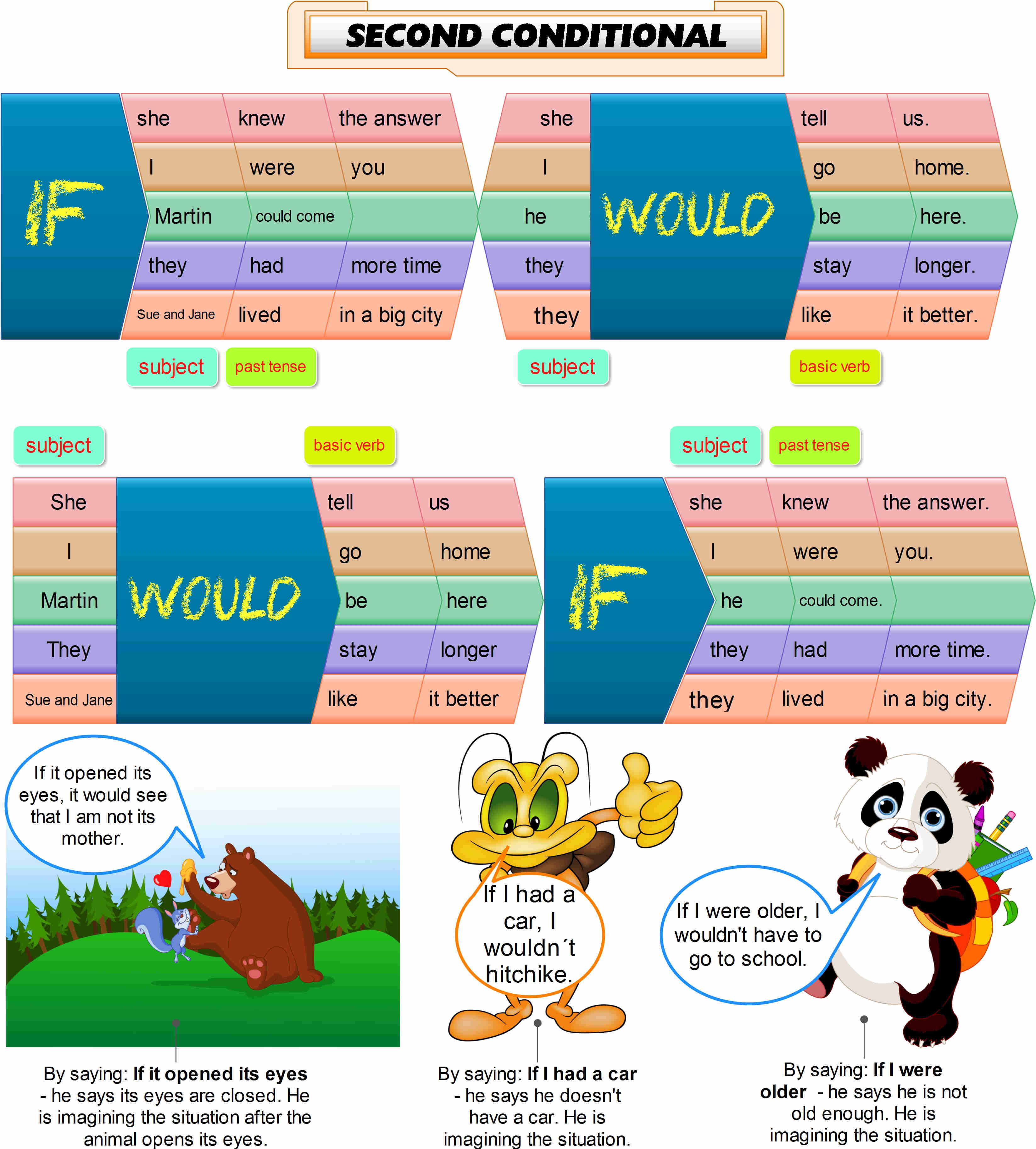22 Verbs in the past simple tense
Elementary students often struggle with verbs. They know very few of them and this deficit becomes obvious at the moment they start learning the past simple tense. To help them I created the following post where I try to teach 22 frequent verbs and their past tense. <!– wp:more –> In this post, you can…
